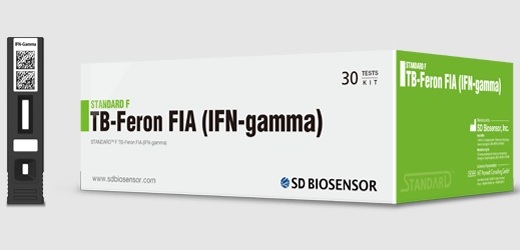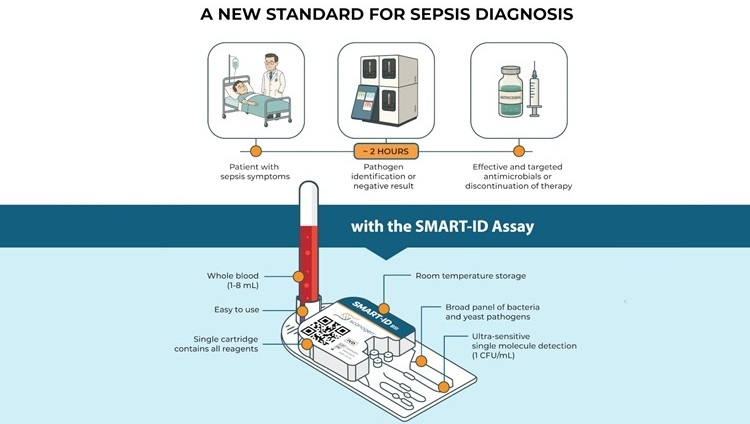Metagenomics Uncover Pathogens and Drug-Resistance Genes
By LabMedica International staff writers
Posted on 26 Jun 2018
Metagenomics, and even metatranscriptomics, are enabling clinicians and scientists to tease out pathogens from an assortment of microbes. Scientists are beginning to show that metagenomics can pick up the same microbes that culturing does and may even spot ones missed by culturing.Posted on 26 Jun 2018
At the same time, metagenomic sequencing can capture which antibiotic resistance genes a sample may harbor, and metatranscriptomics is beginning to give investigators a glimpse into RNA viruses as well as which genes are actually transcribed.

Image: A gram stain of Klebsiella pneumoniae from a blood culture (Photo courtesy of Erasmus Medical Centre).
Scientists at Geneva University Hospital (Geneva, Switzerland) used metagenomics to identify suspected infections in a case from 2012 in which a 29-year-old Portuguese woman was found to have an abscess. While her sample tested negative for pathogens by culture and quantitative polymerase chain reaction (qPCR), the source of the infection was suspected to be Brucella. The patient returned four years later with the same symptoms, and once again had negative results by culture and qPCR. With metagenomic sequencing of a liver sample, part of which the patient had removed to treat the liver abscess, the scientists were able to uncover a handful of Brucella reads, at a ratio of one Brucella read per 43,000 human reads, which were not present in the controls, suggesting it was the source of her infection.
Scientists at the Mayo Clinic (Rochester, MN, USA) used metagenomic sequencing to uncover pathogens in patients with infections affecting prosthetic joints. They collected synovial fluid from 168 failed total knee replacements, which they both cultured and subjected to metagenomic sequencing. Metagenomic sequencing homed in on the same pathogen in 73 of the 82 culture-positive cases analyzed. At the same time, it uncovered potential pathogens in four of the culture-negative cases. This suggests shotgun metagenomic sequencing could be useful for identifying pathogens, even in cases where culturing could not.
At Johns Hopkins University (Baltimore, MD, USA) scientists have been exploring the use of both short-read and nanopore sequencing to detect antimicrobial resistance genes. They describe the case of a 64-year-old woman who developed sepsis following a liver transplant and who was started on vancomycin and meropenem. Blood cultures then indicated she was positive for Klebsiella pneumoniae, and the samples were sent for further antimicrobial susceptibility testing. They state that if metagenomic-based approach been applied first, they could have predicted the bacteria's phenotype some 20 hours sooner and prevented the need for additional testing. In a further study of resistant and susceptible K. pneumoniae, they found that nanopore sequencing with direct read mapping could uncover bacterial resistance within a few hours. These studies were presented at the American Society for Microbiology (ASM) Microbe 2018 meeting held June 7-11, 2018, in Atlanta, GA, USA.
Related Links:
Geneva University Hospital
Mayo Clinic
Johns Hopkins University










 (3) (1).png)



